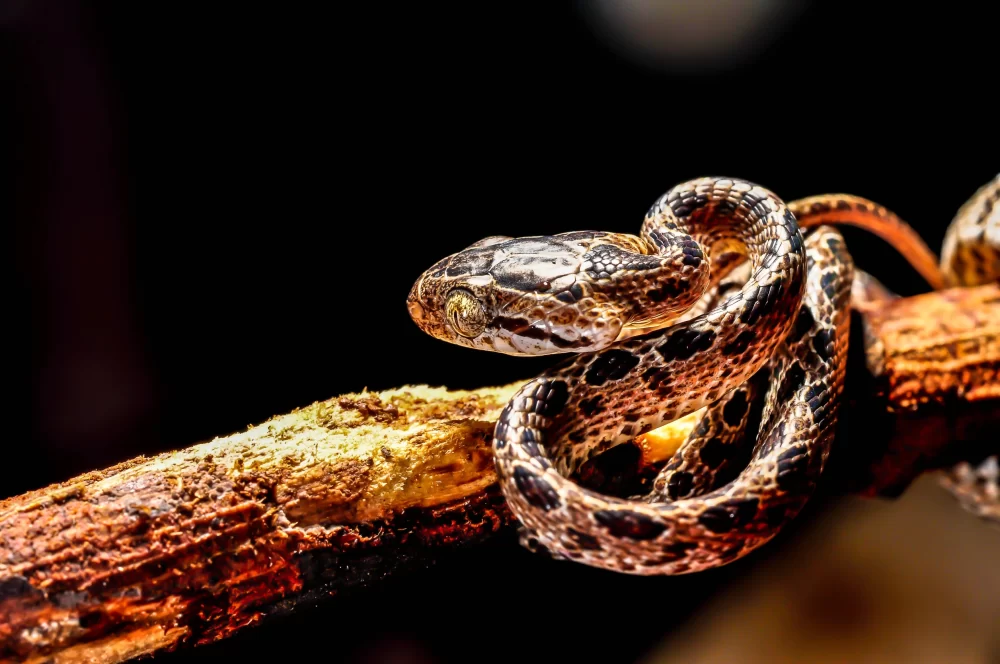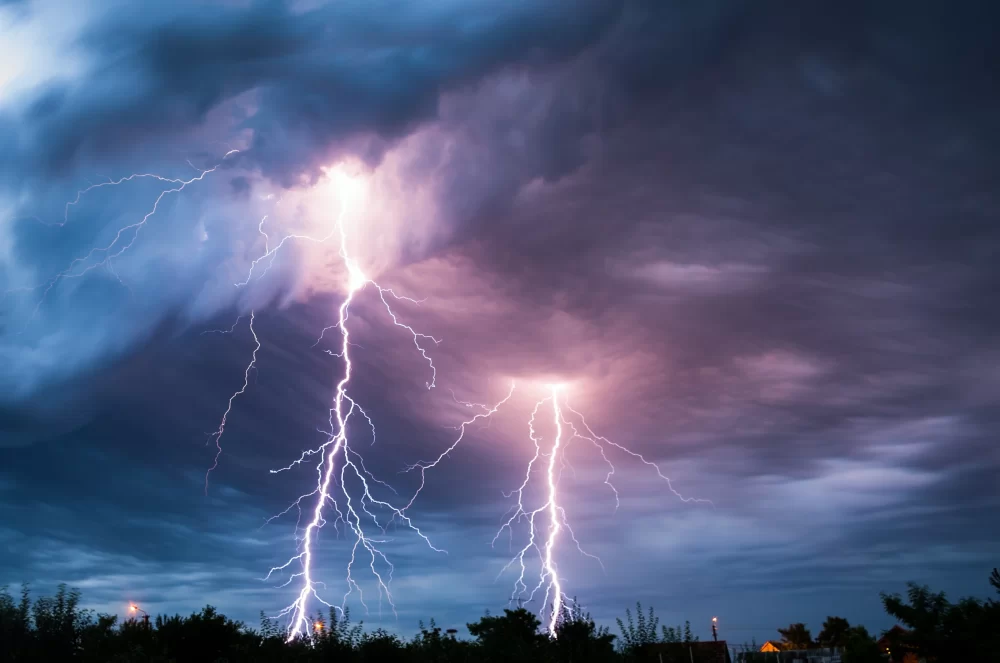Phobias, often perceived as irrational fears, can significantly impact a person’s life. They are more than just fears; they are intense, often overwhelming emotions that can lead to avoidance behaviors and anxiety. Let’s take a look at 13 irrational phobias that many people may not realize they have. From the dread of spiders to the fear of public speaking, understanding these phobias is essential in learning how to cope with them.
1. Arachnophobia: The Fear of Spiders

Arachnophobia, or the fear of spiders, is one of the most prevalent phobias. People with this fear often experience panic attacks, sweating, and a racing heart when encountering spiders. The phobia can be so severe that individuals avoid outdoor activities or certain rooms in their homes. Overcoming this fear often requires gradual exposure and professional help.
2. Acrophobia: The Fear of Heights

Acrophobia, the fear of heights, goes beyond a mere dislike of being up high. It can trigger vertigo, nausea, and severe anxiety, even in safe situations like being on a balcony. This fear can limit one’s enjoyment of activities like hiking, sightseeing, or simply being in tall buildings, affecting one’s lifestyle and travel choices.
3. Claustrophobia: The Fear of Enclosed Spaces

Claustrophobia involves a fear of small or confined spaces, causing sufferers to avoid situations like using elevators or flying. Symptoms can range from mild discomfort to full-blown panic attacks, making everyday tasks challenging. This phobia often requires behavioral therapy to manage effectively.
4. Aerophobia: The Fear of Flying

Aerophobia affects a significant number of people and can stem from various fears, including fear of heights or enclosed spaces. The anxiety associated with flying can make travel difficult, affecting personal and professional opportunities. Coping strategies include relaxation techniques and specialized therapy.
5. Cynophobia: The Fear of Dogs

Cynophobia, the fear of dogs, often stems from a traumatic experience. This fear can be particularly challenging to manage, as dogs are common pets. Avoiding social situations where dogs might be present can strain relationships and limit social interactions.
6. Trypophobia: The Fear of Holes

Trypophobia involves a fear or disgust of closely-packed holes. This relatively lesser-known phobia can trigger reactions like skin crawling or nausea and make everyday objects like sponges or honeycombs distressing. Understanding and gradual exposure can help in managing this unique phobia.
7. Ophidiophobia: The Fear of Snakes

Ophidiophobia can be so severe that even images or realistic descriptions of snakes can trigger a fearful response. Many people with this phobia live in regions where snake encounters are rare, indicating that the fear may be more psychological than based on actual danger.
8. Astraphobia: The Fear of Thunder and Lightning

Astraphobia can cause extreme anxiety during storms, leading to disruptions in daily activities and sleep. This phobia often starts in childhood and can persist into adulthood. Understanding weather patterns and creating a safe space during storms can help alleviate the fear.
9. Mysophobia: The Fear of Germs

Mysophobia has gained more attention recently due to global health concerns. The fear of germs can lead to compulsive behaviors like excessive hand washing or avoiding public places, significantly impacting mental and physical health.
10. Social Phobia: The Fear of Social Situations

Social phobia, or social anxiety disorder, involves a fear of being negatively evaluated or judged in social settings. It can lead to avoidance of social gatherings and hinder personal and professional relationships. Therapy and support groups are often effective in managing this phobia.
11. Aquaphobia: Fear of Water

Aquaphobia is an intense and persistent fear of water that extends beyond mere apprehension. Individuals with this phobia often experience significant anxiety at the sight or thought of water, whether it’s a vast ocean, a tranquil lake, or a simple bathtub.
This fear can stem from past traumatic experiences or be seemingly unprovoked, deeply ingrained in a person’s psyche. The symptoms range from mild discomfort to severe panic attacks, potentially hindering everyday activities like bathing or swimming.
12. Thanatophobia: The Fear of Death

Thanatophobia involves a fear of death or the dying process, leading to obsessive thoughts and impacting the ability to live a fulfilling life. This phobia often requires psychological counseling to address the underlying anxieties and fears.
13. Glossophobia: The Fear of Public Speaking

Glossophobia, the fear of public speaking, is common and can hinder professional development and personal expression. Symptoms include intense anxiety and a fear of embarrassment. Overcoming this fear often involves practice, exposure, and sometimes professional training.
Understanding and Managing Phobias

Recognizing and understanding common phobias is the first step towards managing them. If you find yourself relating to any of these fears, know that you’re not alone, and help is available.
Image and article originally from www.savingadvice.com. Read the original article here.

